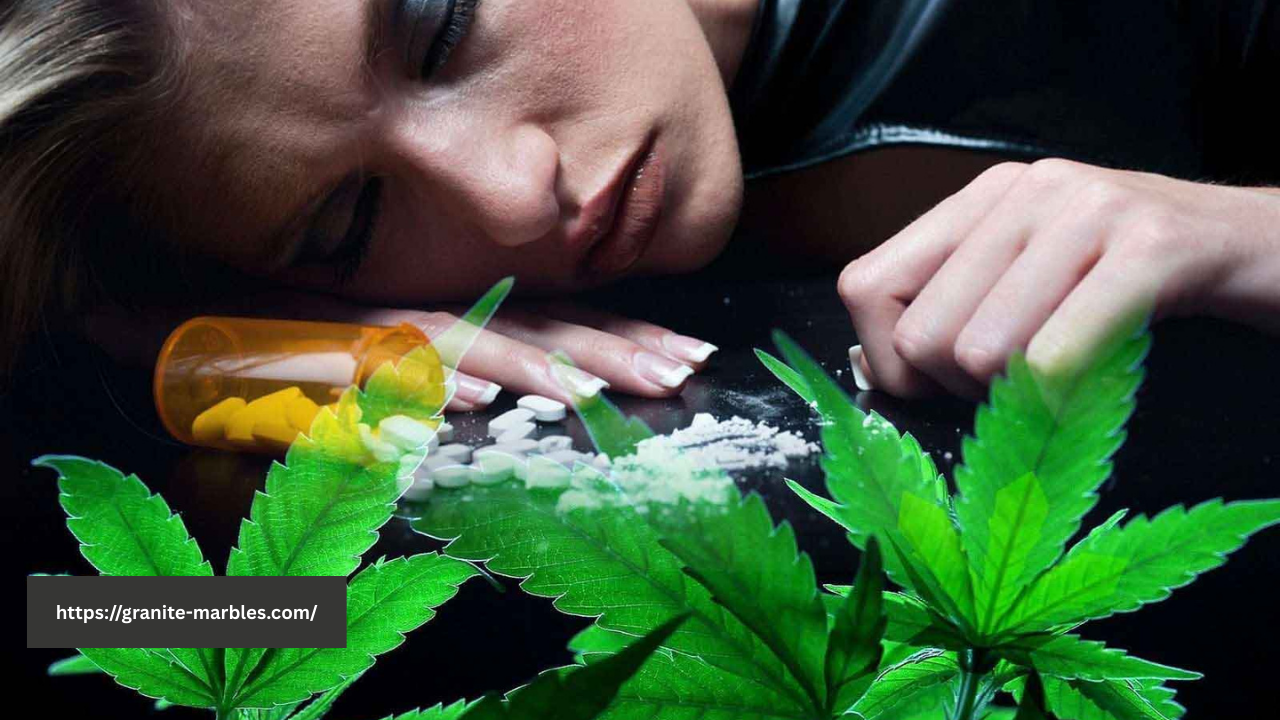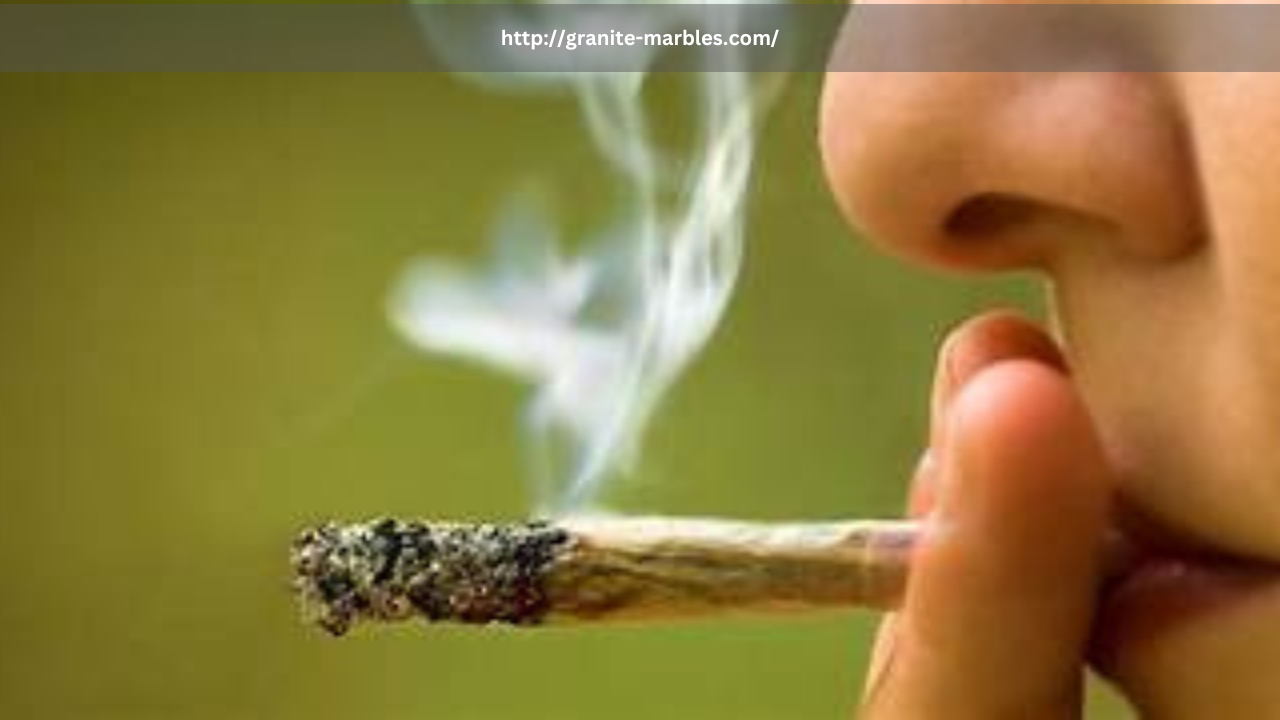Marijuana is one of the most commonly used psychoactive substances worldwide, often perceived as less harmful than drugs like alcohol, opioids, or cocaine. However, growing research highlights a potential connection between marijuana use and the development of other substance use disorders (SUDs). Understanding this link is essential for making informed decisions about marijuana use, especially as legalization continues to expand.
The Gateway Drug Theory
One of the most debated concepts in addiction science is the “gateway drug theory,” which suggests that marijuana use may lead to the use of more dangerous and addictive substances. While this theory has its critics, some studies support the idea that early marijuana use increases the likelihood of experimenting with other substances later in life. Adolescents who begin using marijuana at a young age are particularly vulnerable, as early exposure to THC—the primary psychoactive compound in cannabis—can alter brain development and increase risk-taking behaviors.
Shared Risk Factors
Rather than directly causing other addictions, marijuana use may be one of several risk behaviors linked to shared underlying factors. These factors include:
- Genetics: A family history of addiction can predispose individuals to multiple types of substance use disorders.
- Mental health conditions: Depression, anxiety, and ADHD are commonly associated with both marijuana use and other SUDs.
- Environmental influences: Peer pressure, trauma, and socio-economic conditions can increase exposure and susceptibility to drug use.
- Early initiation: Starting marijuana use during adolescence is a strong predictor of later substance misuse.
Polysubstance Use and Its Dangers
Polysubstance use—the simultaneous or sequential use of multiple drugs—is common among individuals with substance use disorders. Marijuana users may combine it with alcohol, tobacco, or prescription medications, often increasing the risks of dependency and adverse health effects. For example:
- Combining marijuana with alcohol can impair judgment and coordination more than either substance alone.
- Using marijuana with opioids or sedatives may enhance sedative effects, increasing the risk of overdose.
Neurobiological Impacts
Marijuana affects the brain’s reward system, which plays a critical role in addiction. Repeated THC exposure can desensitize dopamine receptors, making it harder to feel pleasure from natural rewards and increasing susceptibility to other substances that stimulate the brain’s reward pathways. This biological change may contribute to the progression from marijuana use to dependence on more potent substances.
Prevention and Intervention
Understanding the connection between marijuana and other substance use disorders is vital for prevention. Early education about the risks of substance use, especially among youth, can reduce the likelihood of developing addiction. Screening and counseling by healthcare providers can identify at-risk individuals and provide early intervention.
Conclusion
While marijuana is not guaranteed to lead to other drug use, its connection to other substance use disorders should not be overlooked. Whether through shared risk factors, biological impacts, or behavioral patterns, marijuana can play a role in the broader landscape of addiction. By raising awareness and promoting responsible use, individuals and communities can better protect themselves from the potential progression to more harmful substance use.

